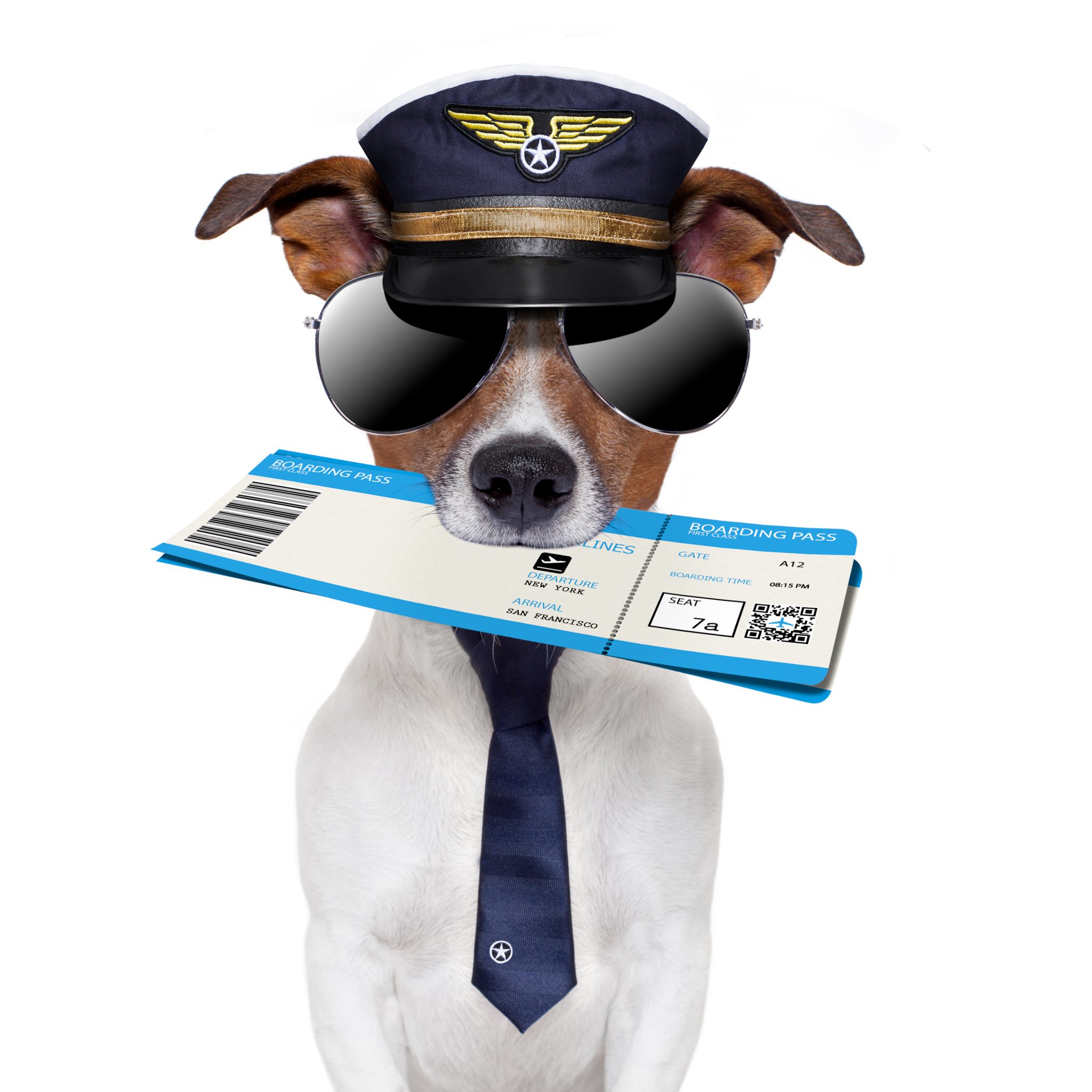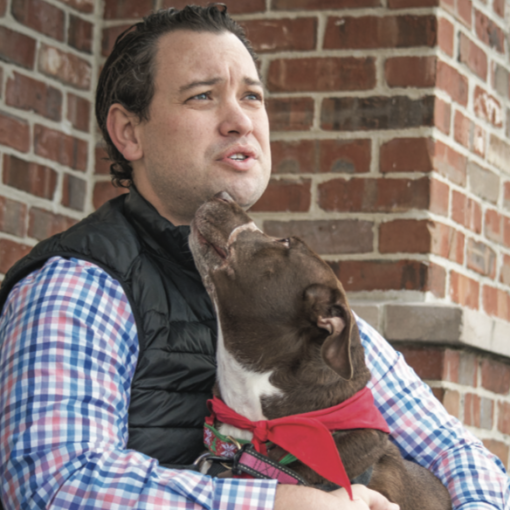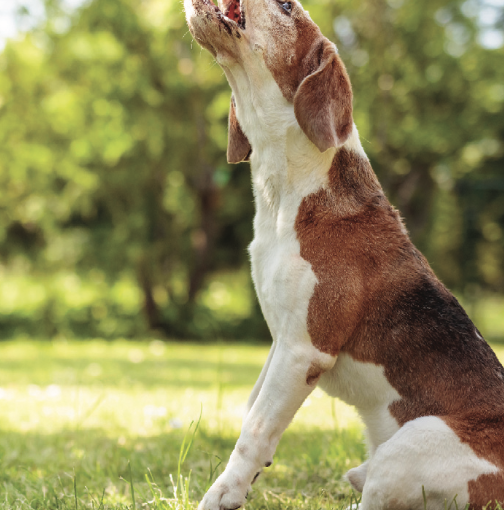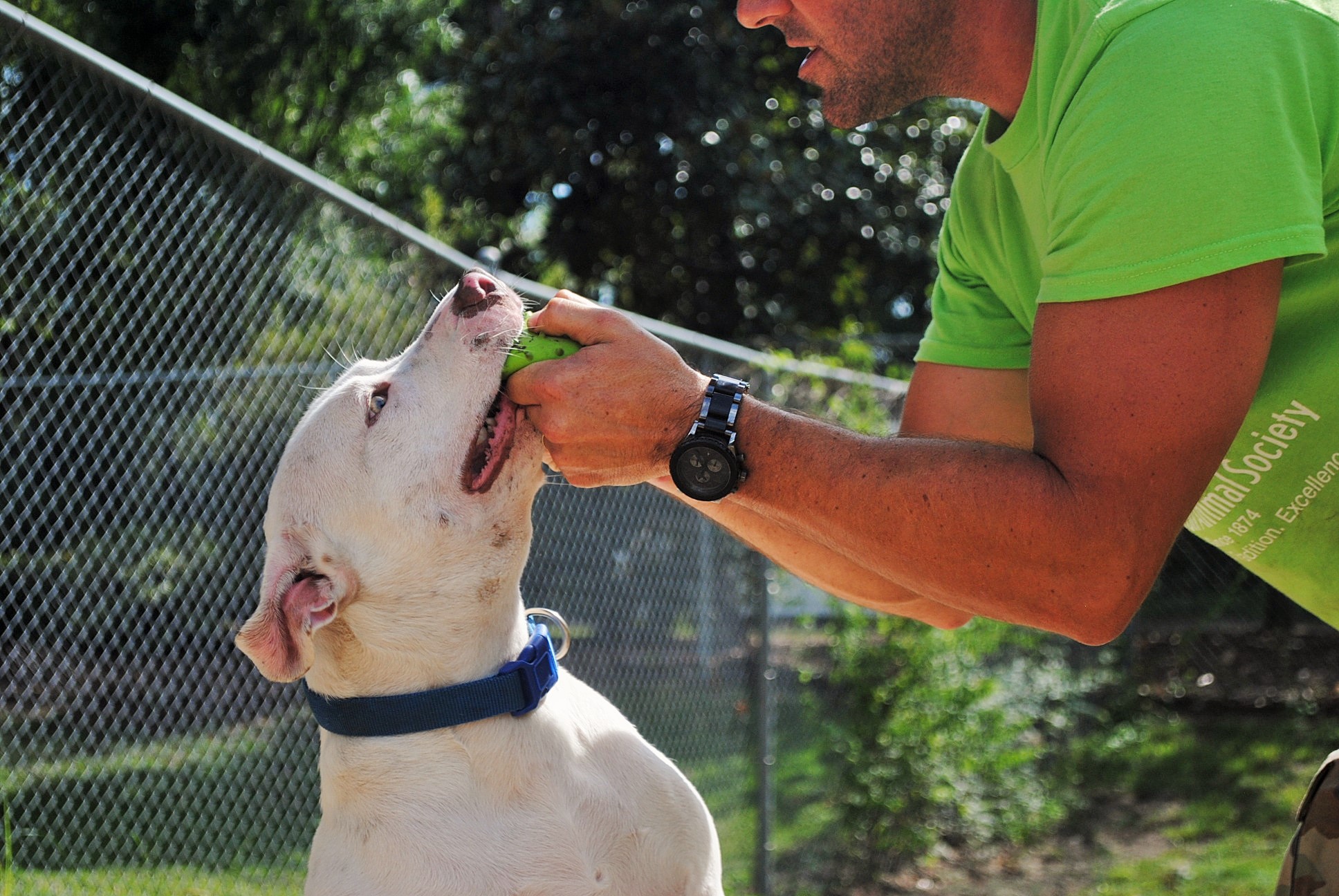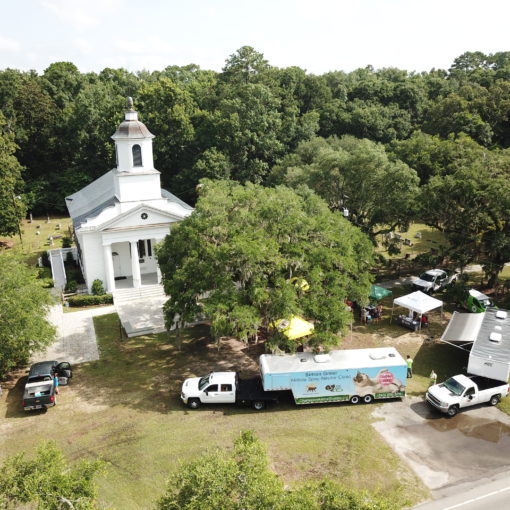By Teri Errico Griffis
When an animal needs rescuing, it isn’t always as simple as driving it down the road to the nearest shelter and a brand new life will unfold. Sometimes dogs have a better chance of survival hundreds of miles away. But how do they get there? That’s exactly the thought behind the South Carolina-based organization Pilots N Paws. Each year, thousands of volunteer pilots fly across all 50 states to rescue animals and bring them to safe shelters, or even their forever homes, miles upon miles away.
“Basically it’s the issue of needing to rescue animals to a new location and having to get that transport,” says Kate Quinn, Executive Director of Pilots N Paws. It all started in 2008 when the founders learned of a Doberman who needed to be flown from Florida to South Carolina. They put the word out to family and friends and someone volunteered to fly the animal.
Today there are 5,300 volunteers around the country who together have flown nearly 100,000 animals, whether it’s to rescue them and bring them to a shelter they have a better survival rate at, or simply rehome them to a family who wants to adopt the animal hundreds of miles away.
Ryan Fiorini is a local volunteer who has been flying with Pilots N Paws since early 2012. He and his wife love dogs and would foster greyhounds as they came up from Florida for retirement. When Fiorini sold his company in 2010, he was fortunate enough to buy an airplane and take time to do the things he loves—including rescuing animals.
“Quite frankly, I just love the dogs. They can’t just get in the car and drive away versus getting on a plane,” Fiorini says. “So that got me involved, just seeing it. But what really hooked me was the second or third flight I did where ABC went with me.”
Fiorini recalls Inca, the Belgian Sheperd he rescued on that trip, with local reporter Victoria Hansen coming along for the ride. Inca and Joe Bane, a U.S. soldier met while Bane was on tour in Afghanistan. Bane was sent home with a back injury, but duty kept Inca in Afghanistan. A year or so later, Inca was diagnosed with a heart murmur and was forced to retire. “They offered him to [Bane] first, but only gave him X-number of hours to go down to Florida and get this dog, which was impossible,” Fiorini explains. “So we were able to put everything together and get the dog up from Orlando to Tennessee. It was still to this day the most amazing rescue that I’ve done.”
While that trip was a flurry of last minute moves, most trips take about a week to plan. “Normally people will go into the kill shelters and pull out the dogs. So the last one I did was for a group up in the Greenville area and they pull dogs, mostly Labs, that they think can potentially become service dogs for PTSD.” Fiorini continues, “They put all the dogs through a test that they see as being trainable. They get someone to foster them for a few days until we can coordinate to get them, then we fly up and bring them south of Jacksonville where the training is. That’s more the normal path.”
For the most part, dogs are transported north because the South has so many more kill shelters. “Often there’s a geographical component where we need to move animals from the south to the north, possibly a puppy in Georgia who wouldn’t ever get adopted because of supply and demand,” Quinn explains. “There’s just not enough homes and too many homeless animals. So if you can move that dog from Georgia up to New Jersey, the same dog who might never be adopted in the south could find a home in New Jersey the day it arrives.”
Each plane is equipped with necessary resources—water bowls, food, crates for keeping the animals safe—but while these animals have never been on an airplane, they make themselves right at home. Fiorini notes he’s yet to have an animal get overly excited—good or bad. “They always get on the plane, get in the back seat and curl up and go to sleep,” he says. “Most I don’t even put in a crate, though we have them on board. I don’t know how, but it’s like they know they’re going to a better place.”
Pilots N Paws’ volunteers have the equipment necessary to save these animals’ lives—but what they really need are fosters. Often the flights can be too long for pets to endure in a single day, so there are often stopovers necessary for a night or two. If they can’t find a foster home, the pilots are forced to board the dogs, and foot the bill. That’s money they could have put towards fuel and resources to save other animals.
Whether you want to volunteer as a foster family, or a pilot, Pilots N Paws’ process is really simple. Just head to PilotsNPaws.org to learn more how to sponsor pets or become a pilot. All flight transports are completely voluntary—and free of charge—and that’s no small sacrifice. “I use my own plane, my own time, I pay for the fuel. The IRS doesn’t give us any breaks,” Fiorini admits. “But it doesn’t matter. Seeing that dog’s face when you know that innocent dog gets to stay alive, there’s nothing like it.”

